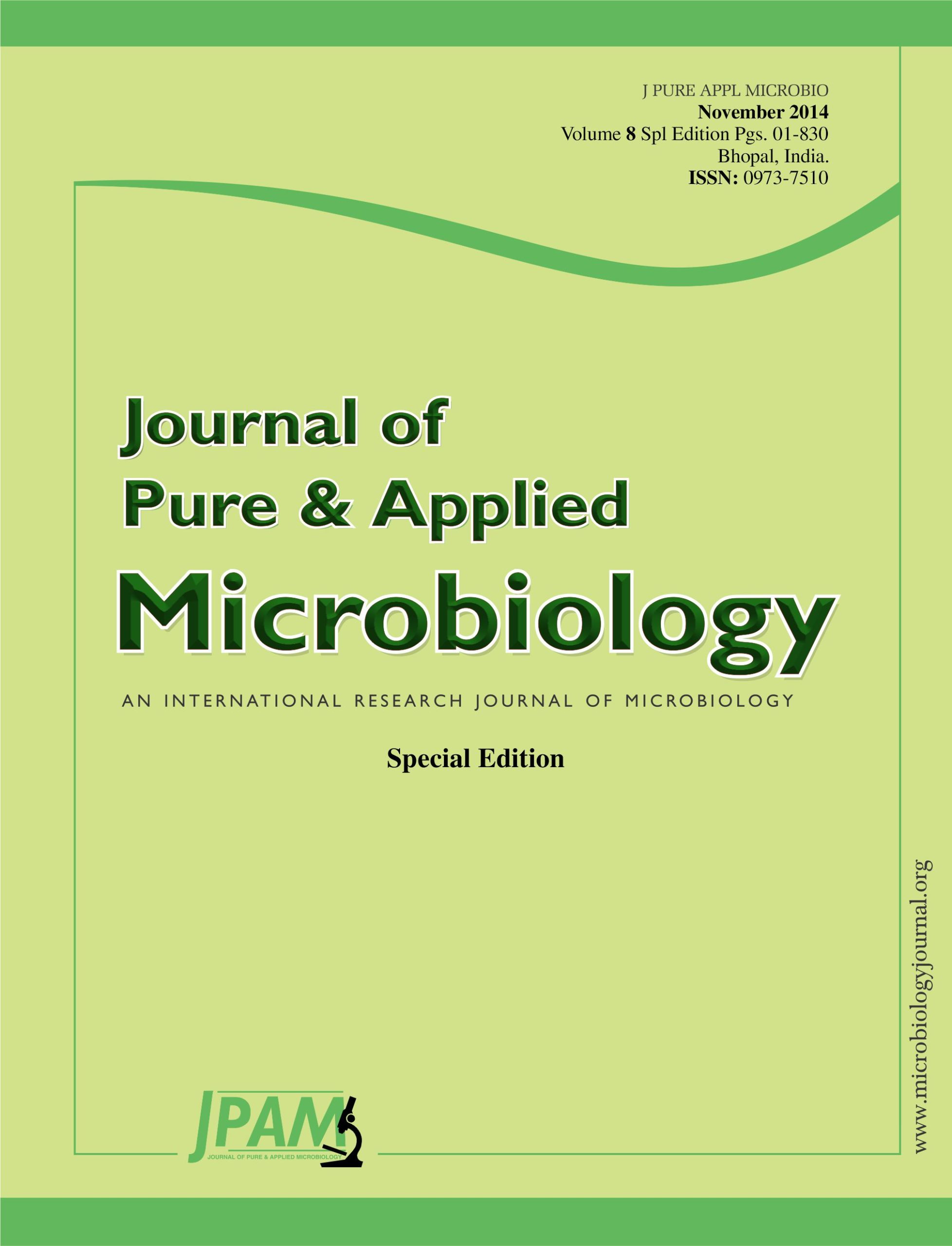The optimized conditions for the production of a protease produced by a thermohaloalkali tolerant Halobacillus strain were determined. The results showed that the optimum temperature for enzyme activity was 65ºC and the highest proteolytic activity was obtained at 10% NaCl. Also, the enzyme exhibited proteolytic activity over a broad pH range from 5 to 13 and the highest activity achieved in the range from 9 to 12. However, casein, glycerol and glucose as carbon sources supported the highest growth, but protease production was not supported by them similarly and the highest protease activity was obtained with galactose. The highest protease activity was obtained also with NH4Cl as a nitrogen source. On the other hand, the maximum protease stability was obtained at 30oC and remained stable till 65oC after which the stability decreased gradually and beyond 75oC the activity decreased sharply. Surprisingly, the stability of the protease decreased with the increase of NaCl concentrations. The stability of the protease was maximum at pH 7 and remained highly stable up to pH 11. These results clearly indicated the thermohaloalkali tolerant nature of the enzyme.
Protease, production optimization, stability, thermohaloalkali tolerant, Halobacillus sp
© The Author(s) 2014. Open Access. This article is distributed under the terms of the Creative Commons Attribution 4.0 International License which permits unrestricted use, sharing, distribution, and reproduction in any medium, provided you give appropriate credit to the original author(s) and the source, provide a link to the Creative Commons license, and indicate if changes were made.


